Introduction: Concrete is one of the most consumed materials on earth, ranking second. Its demand is still on a sharp upward trend, with data showing that it is expected to increase from 4.4 billion tons to 5.5 billion tons in 2050.At the same time, the carbon emissions caused by the consumption of this material account for 8% of the global total. Under this premise, all
architecture
Industry stakeholders had to reconsider a new innovative process solution.

On March 31, 2022, Antarctic Bears were informed that Iberdrola needs more power transmission network to facilitate
energy
Shift from fossil fuels to renewable energy and get this green energy into the hands of load centers and customers.To minimize the environmental impact of these new facilities and reduce project costs and lead times, the energy giant decided to partner with Hyperion Robotics and Peikko Group to apply3D printingtechnology to improve the construction of its transmission network.
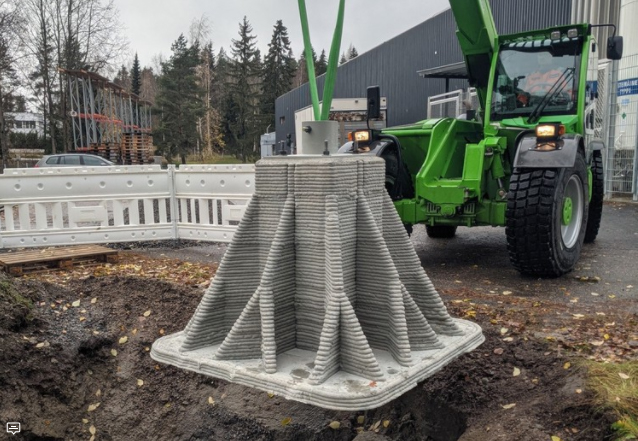
3D printed concrete
Hyperion Robotics provides solutions designed to optimize the construction of electric transportation facilities by increasing efficiency and process productivity. Considering that the construction industry is the least automated industry and is currently facing a shortage of skilled labor, this solution is practical and well-timed. Large-scale low carbon concrete 3D printing makes concrete construction cheaper, faster, safer and more environmentally friendly.
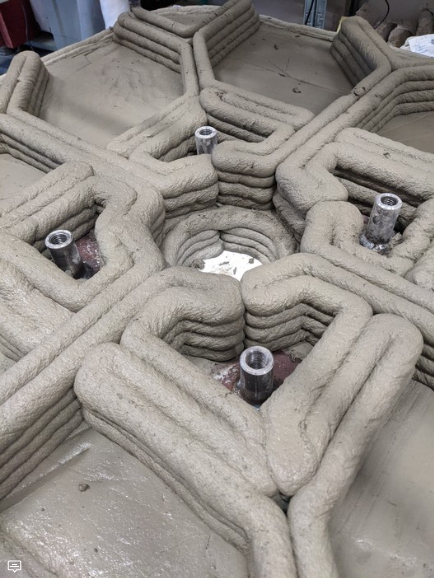
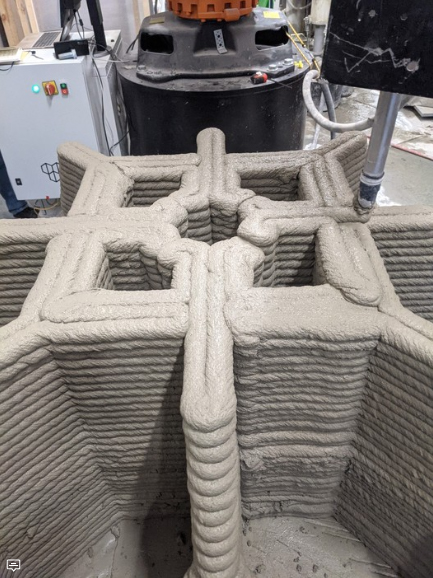
The company passes3D printing technology, has reduced conventional concrete demand by up to 75%, and also reduces unnecessary carbon emissions.This solution not only makes the construction industry more sustainable, but also improves health and safety conditions because3D printerResponsible for heavy labor, while workers are only responsible for supervising the production process.
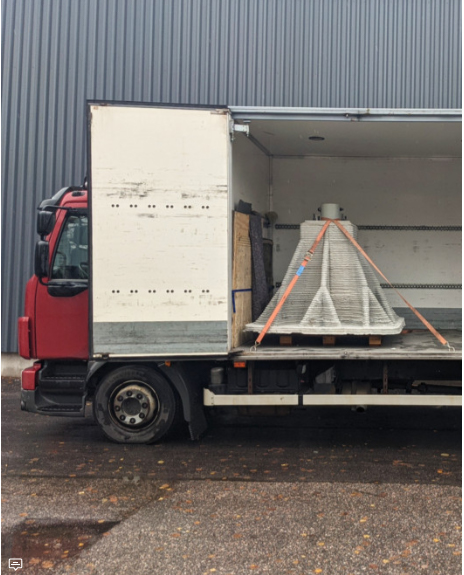
Low carbon and environmentally friendly solutions
Recyclable waste is also Hyperion’s3D printing technologyindustry problems that can be solved. The low carbon concrete used in this technology is a combination of recycled end materials from industries such as blast furnace slag, fly ash, mining tailings and demolition waste. Recycling and reprocessing into concrete can significantly save costs and reduce CO2 emissions by 90%.

Hyperion’s latest project in collaboration with renewable energy company Iberdrola and concrete element connection technology provider Peikko Group has launched the world’s first 3D printed concrete pad foundation.
“This 3D printed foundation is very special. It was designed, constructed and printed with the help of Peikko and Iberdrola. It saves 75% of material compared to conventional foundations, and most importantly these materials are very easy to find and It’s cheap,” said Henry Unterreiner, co-founder of Hyperion Robotics.
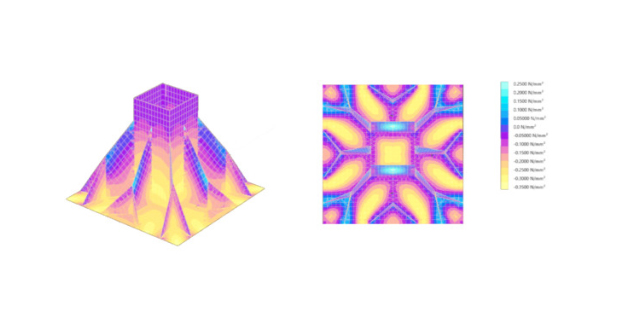
Only 25% of the same traditional strength, stronger
This innovative 3D printed structure was tested under both horizontal and vertical tension, and the results showed that in practice, only 25% of the material was sufficient to achieve the same strength as conventional pad foundations. This technology is a huge innovation, bringing new solutions for sustainable development in the construction industry, reducing carbon emissions. And simplifies the process of producing concrete on site.
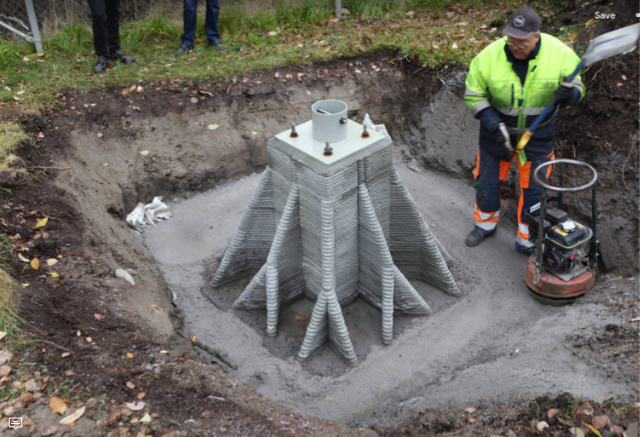
Hyperion is currently working on expanding the use of 3D printing technology and applying it to energy infrastructure to minimize the environmental impact of these new facilities and reduce project costs and development cycles.
(responsible editor: admin)


0 Comments for “Hyperion 3D printing low carbon concrete technology can reduce carbon emissions, only 25% of the same traditional strength”